Filter data
|
ID |
Nickname |
Country / City |
Languages |
Taxonomies |
Comment |
Project / Group |
Map |
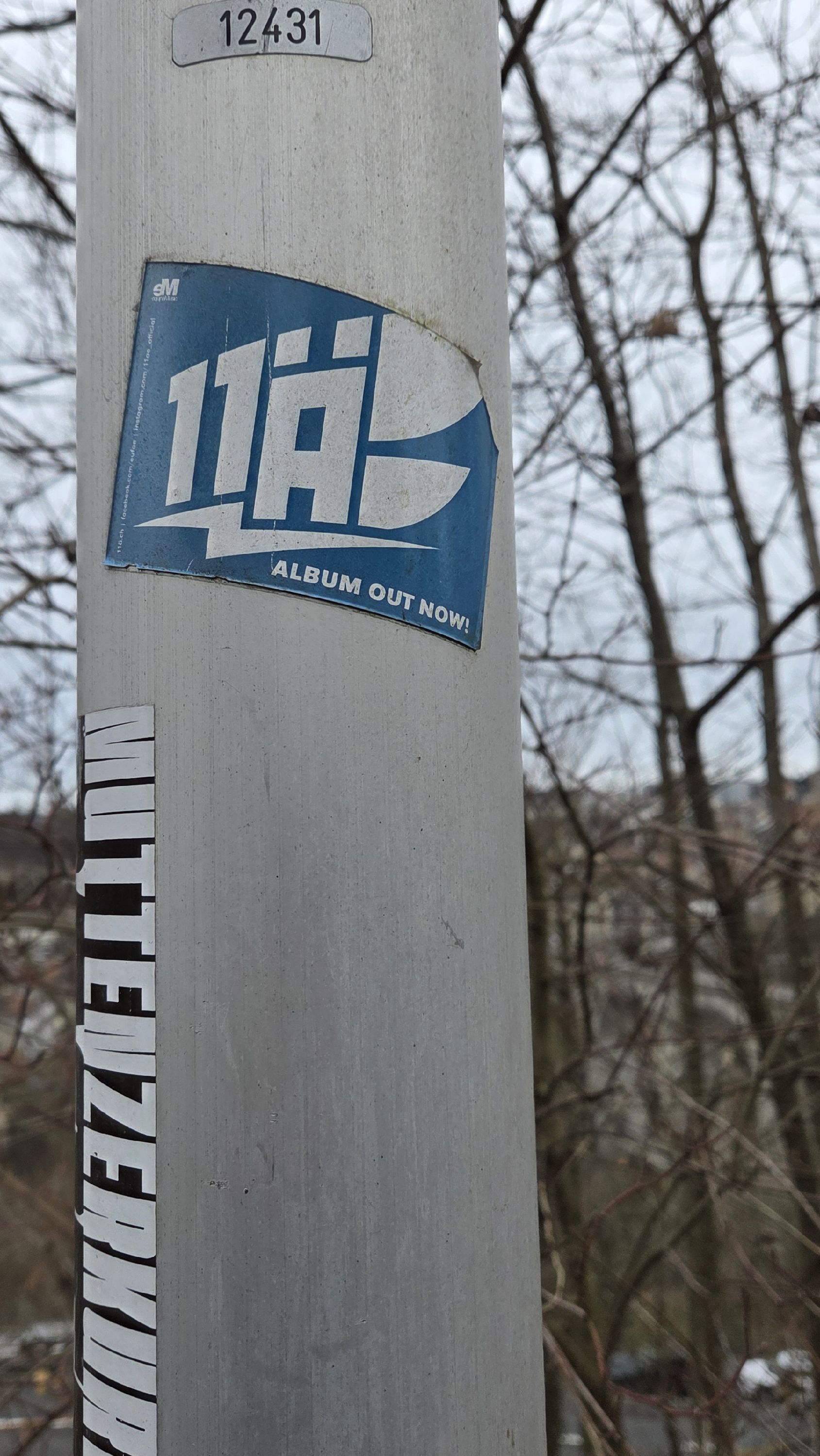
|
148717
|
MSchiegg
|
Switzerland
Fribourg
|
|
|
—
|
Freiburg/Fribourg2025
|
|
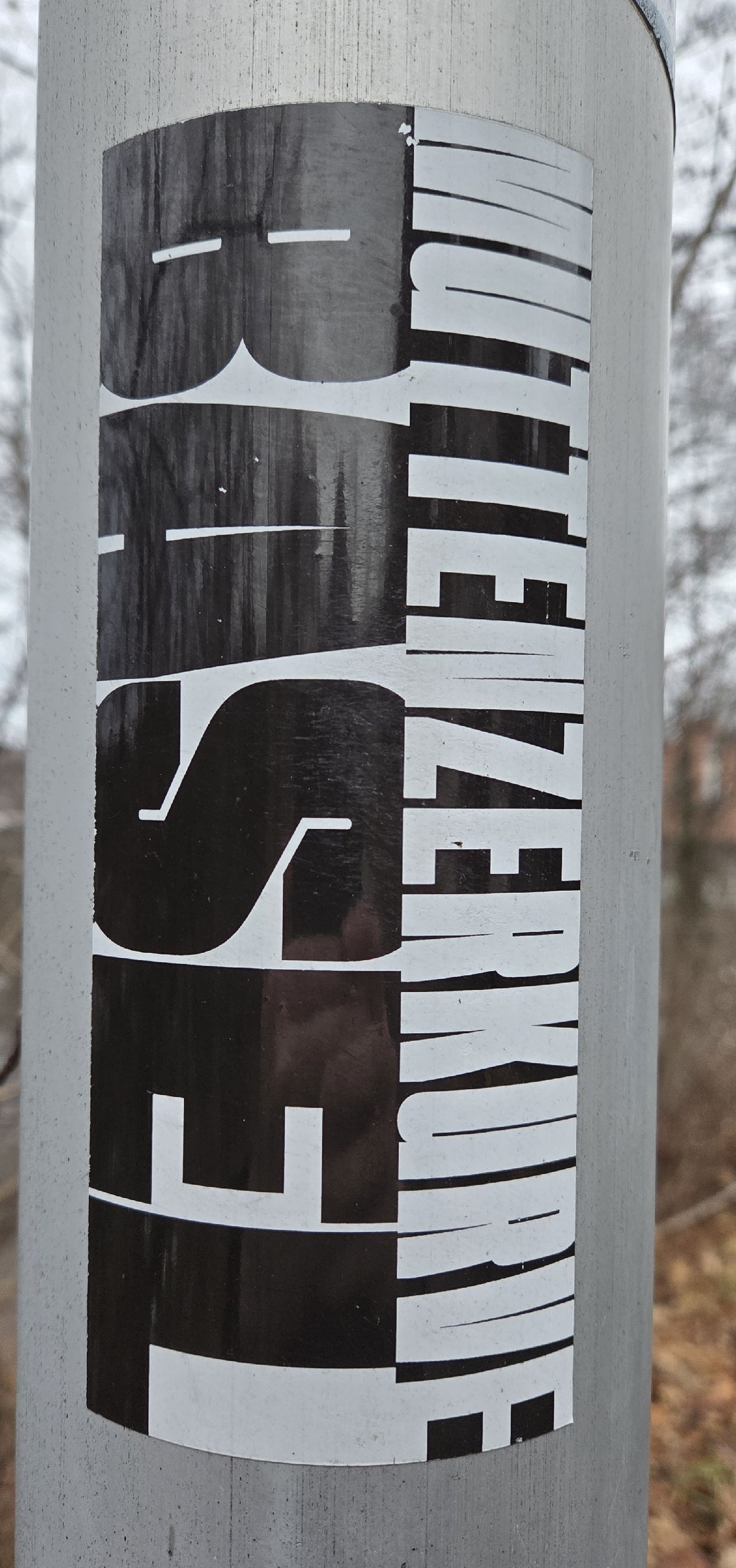
|
148716
|
MSchiegg
|
Switzerland
Fribourg
|
|
|
—
|
Freiburg/Fribourg2025
|
|
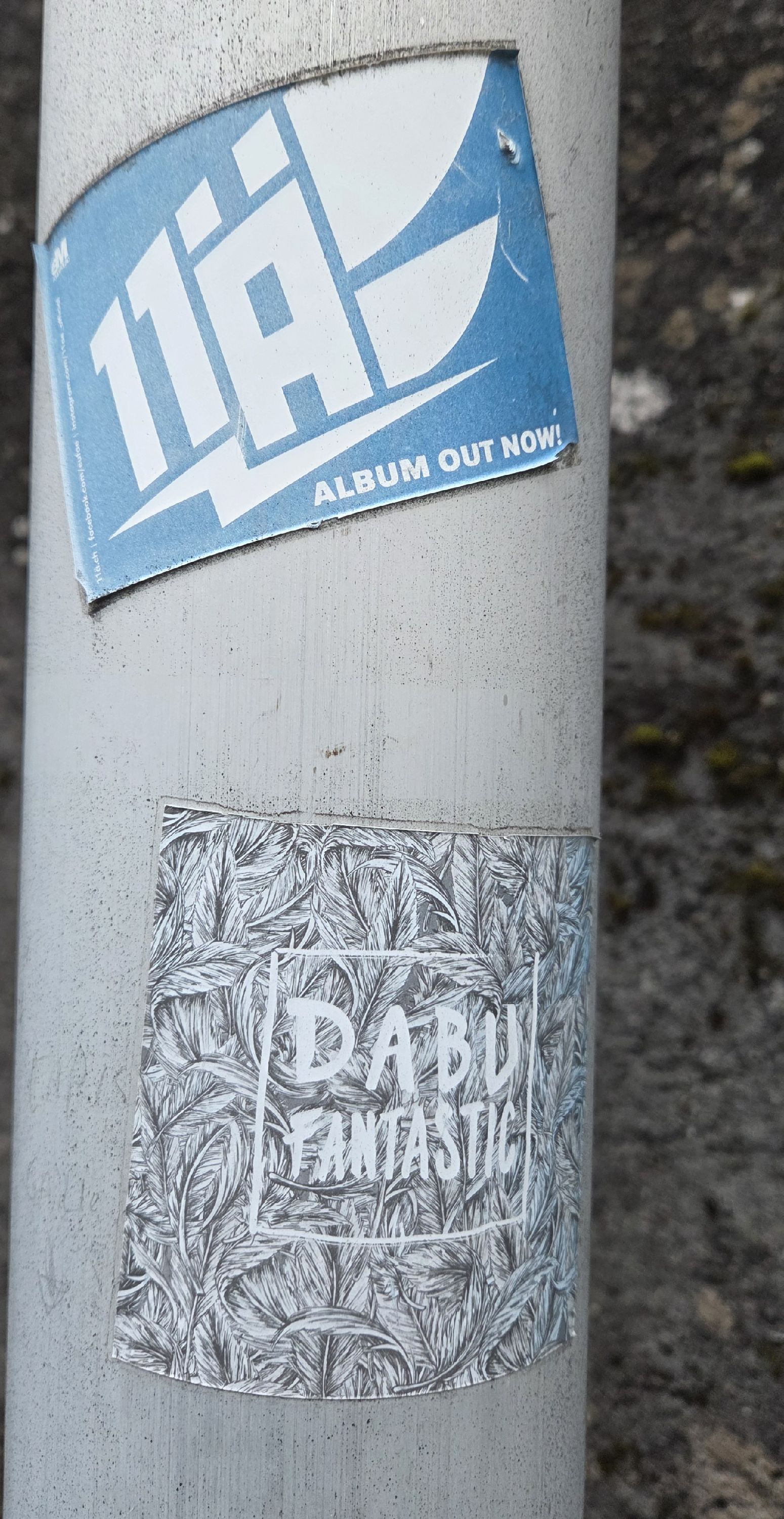
|
148715
|
MSchiegg
|
Switzerland
Fribourg
|
|
|
—
|
Freiburg/Fribourg2025
|
|
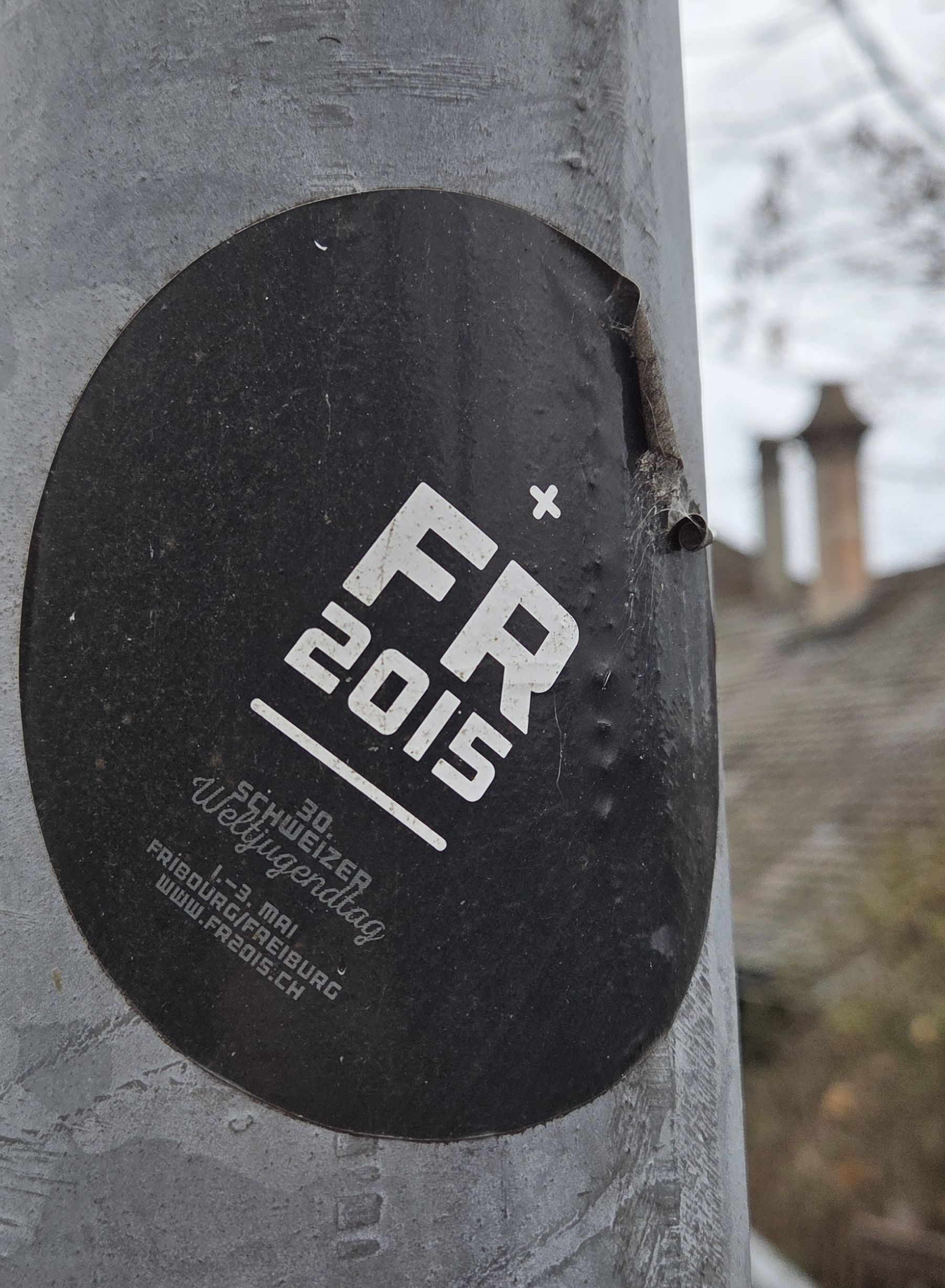
|
148714
|
MSchiegg
|
Switzerland
Fribourg
|
|
|
—
|
Freiburg/Fribourg2025
|
|
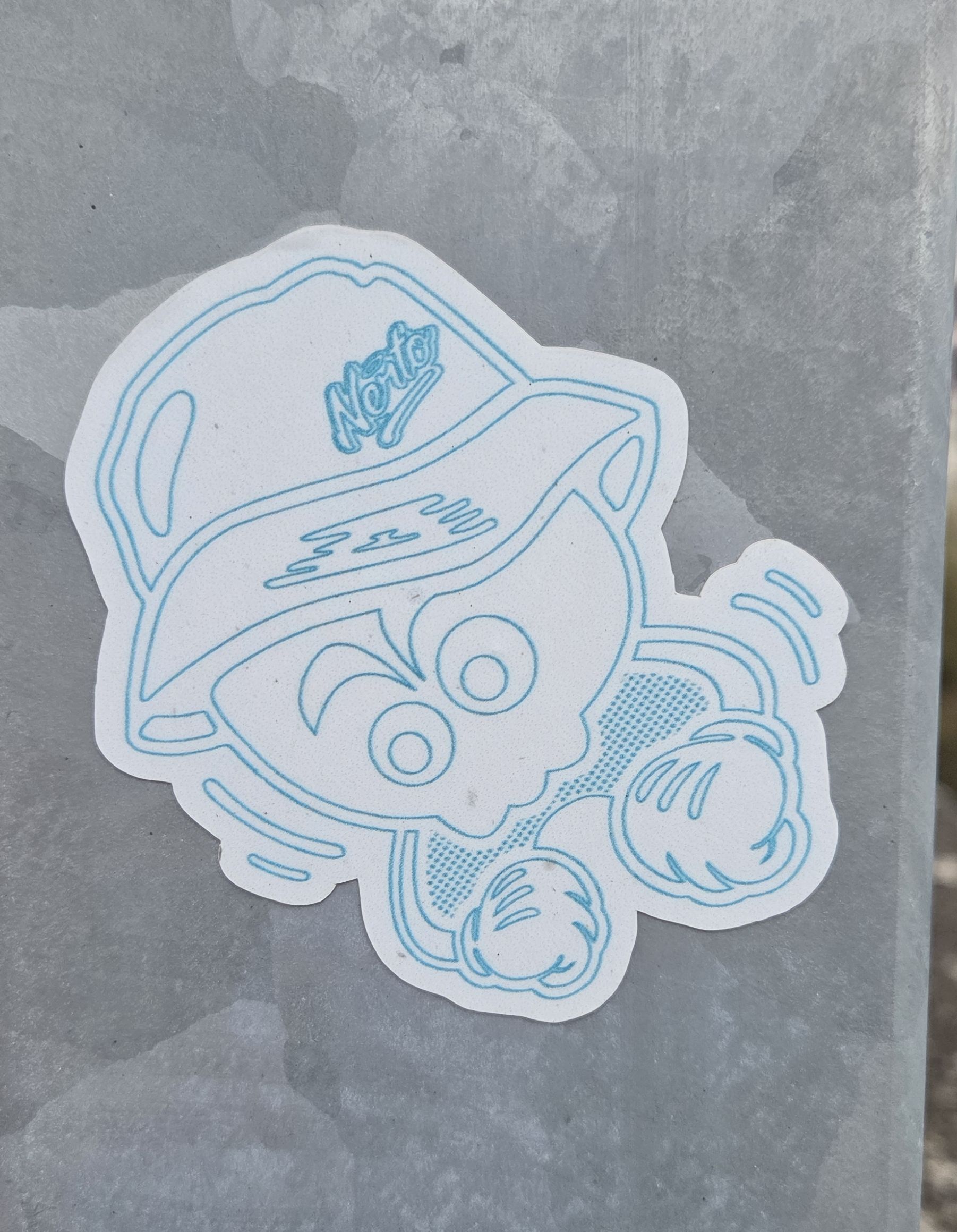
|
148713
|
MSchiegg
|
Switzerland
Fribourg
|
|
|
—
|
Freiburg/Fribourg2025
|
|
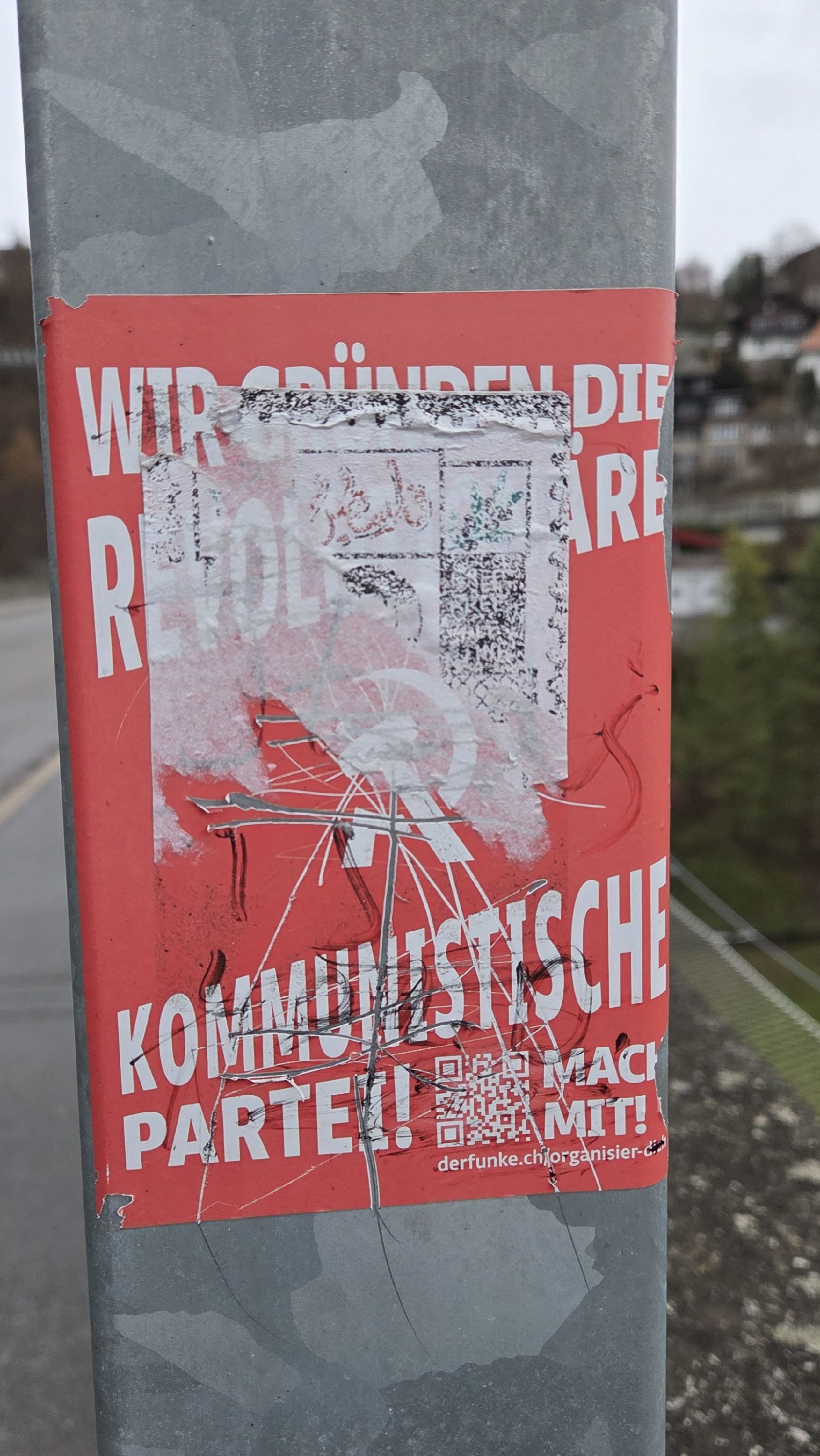
|
148712
|
MSchiegg
|
Switzerland
Fribourg
|
|
|
—
|
Freiburg/Fribourg2025
|
|
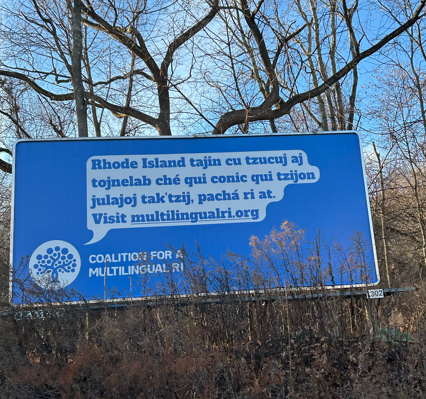
|
148710
|
|
United States
Providence
|
|
|
Quiché and English
|
RILL
|
|

|
148700
|
|
United States
Cranston
|
|
|
Spanish
|
RILL
|
|
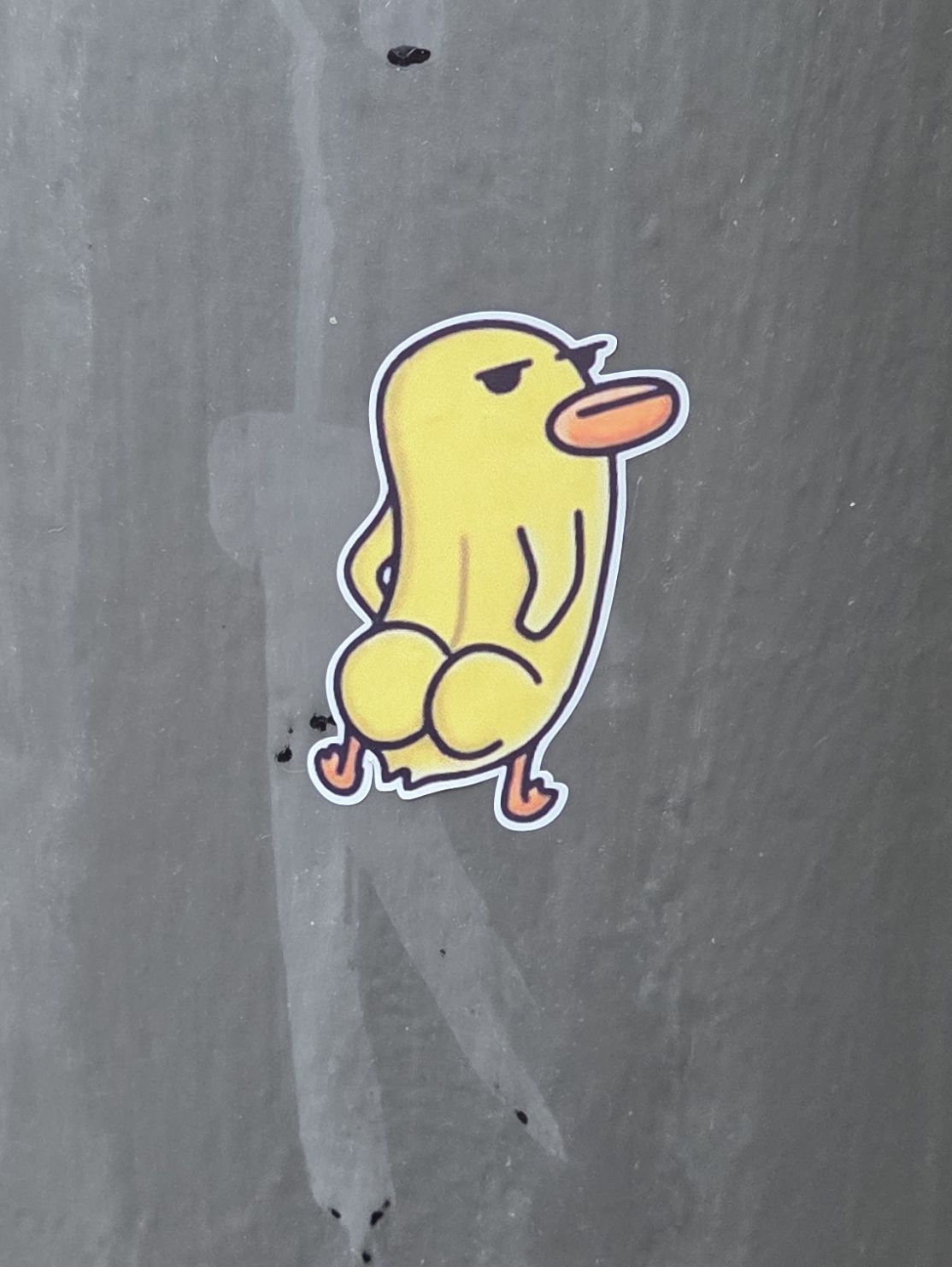
|
148699
|
MSchiegg
|
Switzerland
Fribourg
|
|
|
—
|
Freiburg/Fribourg2025
|
|
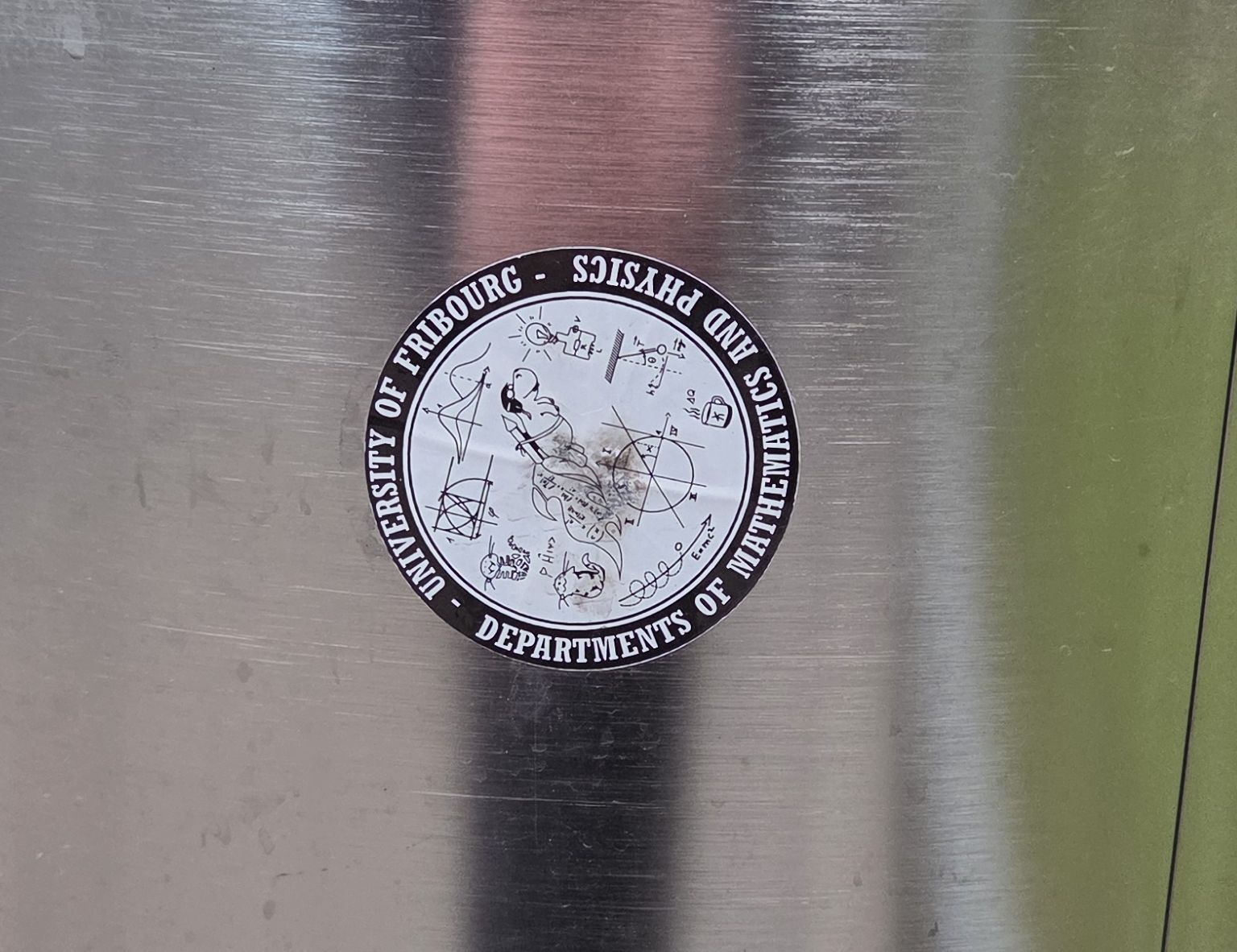
|
148698
|
MSchiegg
|
Switzerland
Fribourg
|
|
|
—
|
Freiburg/Fribourg2025
|
|
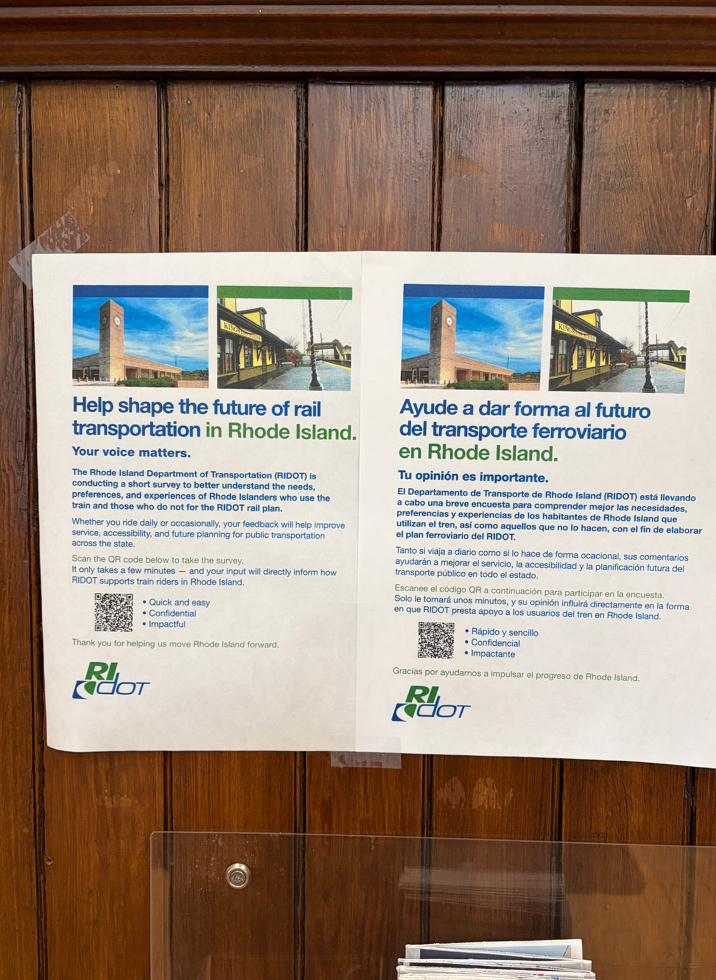
|
148697
|
ACorreia
|
United States
South Kingstown
|
|
|
—
|
RILL
|
|
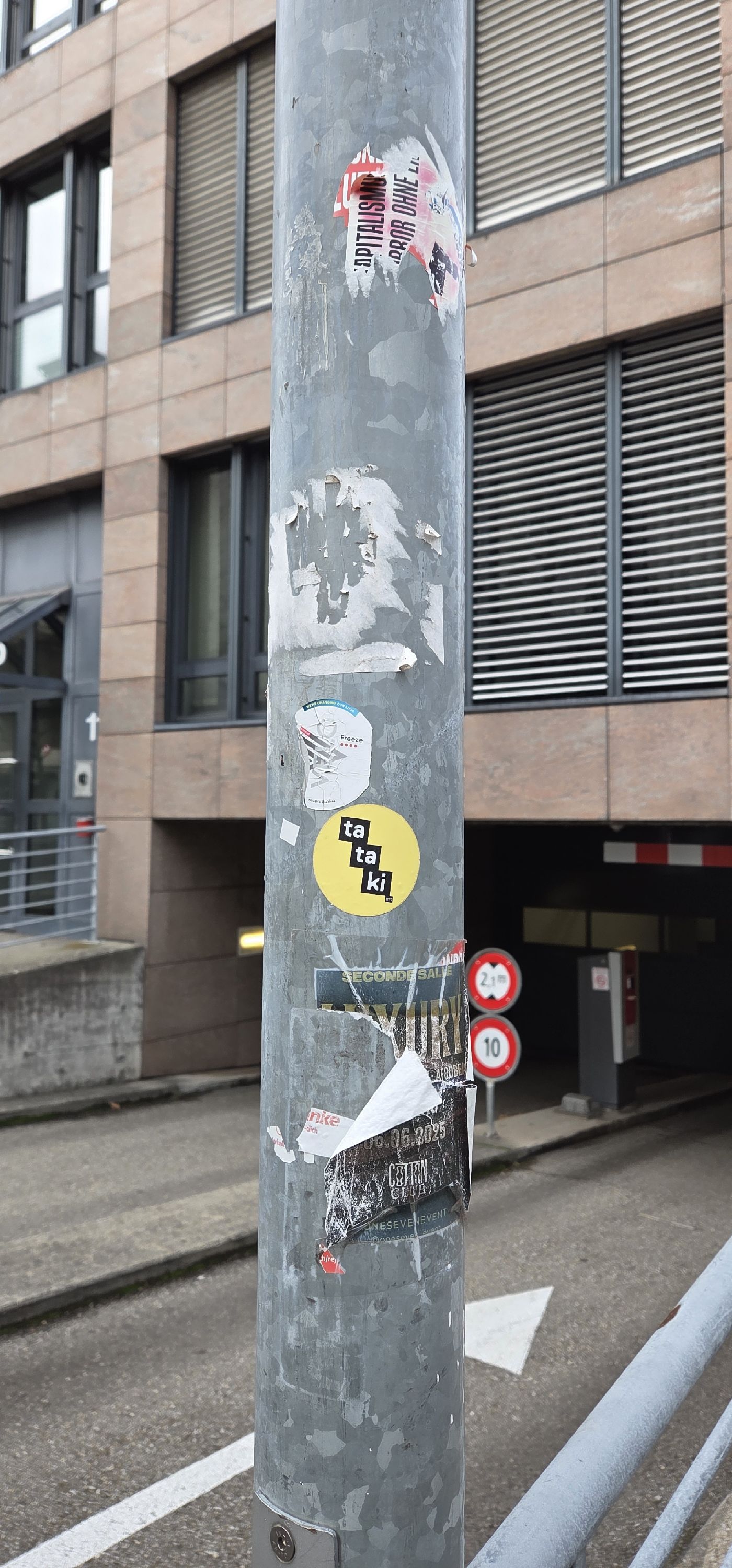
|
148696
|
MSchiegg
|
Switzerland
Fribourg
|
|
|
—
|
Freiburg/Fribourg2025
|
|
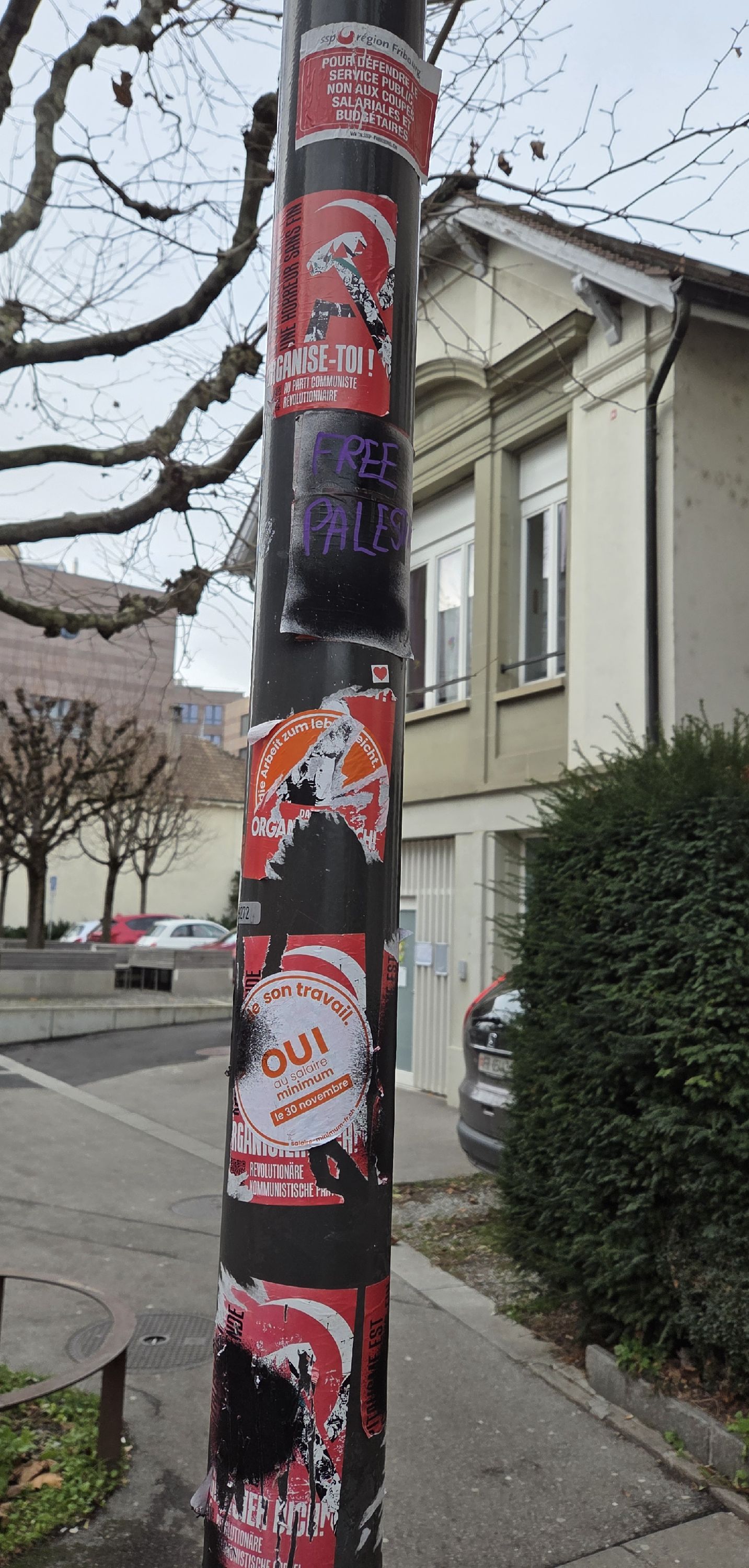
|
148695
|
MSchiegg
|
Switzerland
Fribourg
|
|
|
—
|
Freiburg/Fribourg2025
|
|
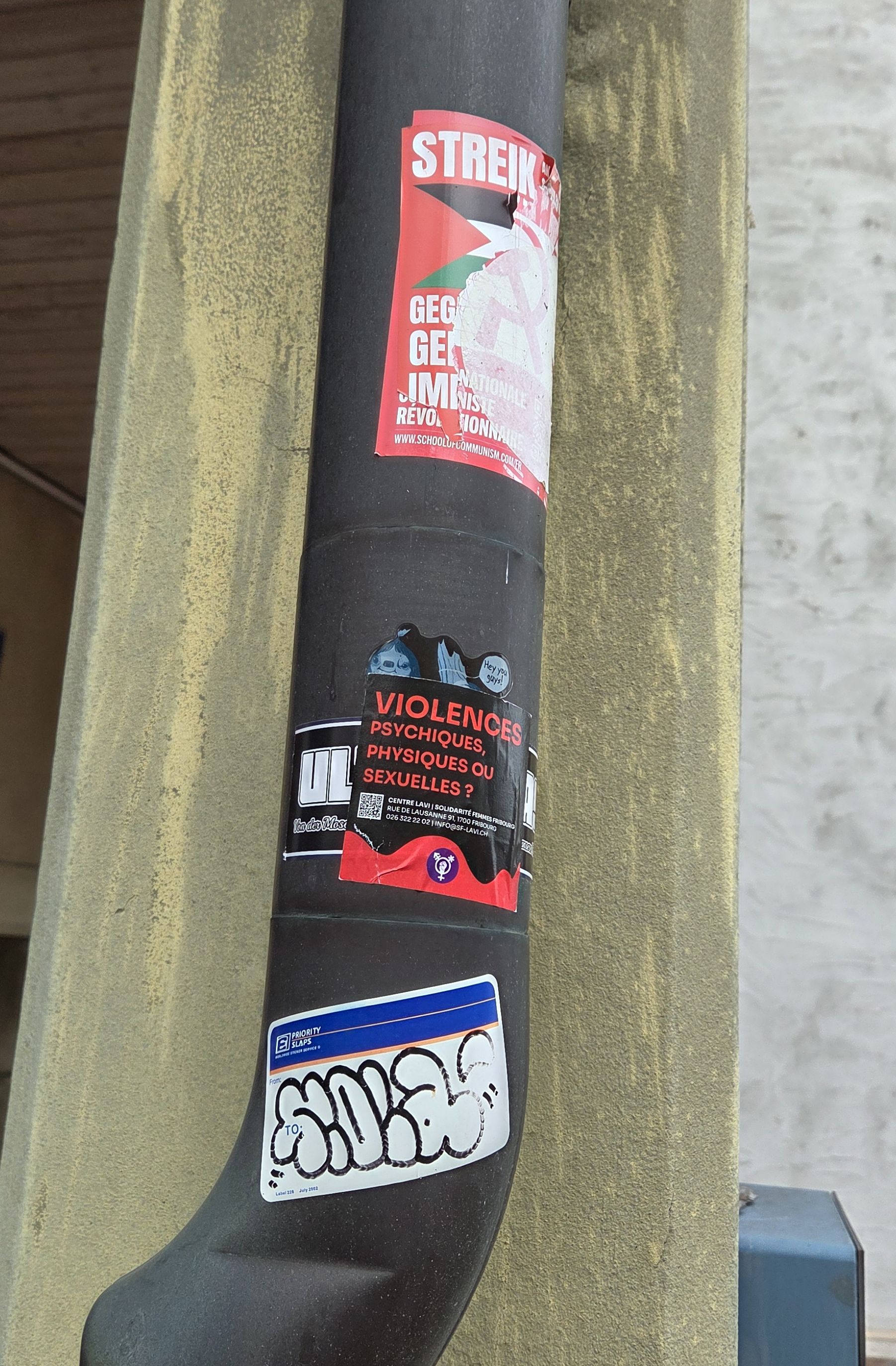
|
148694
|
MSchiegg
|
Switzerland
Fribourg
|
|
|
—
|
Freiburg/Fribourg2025
|
|
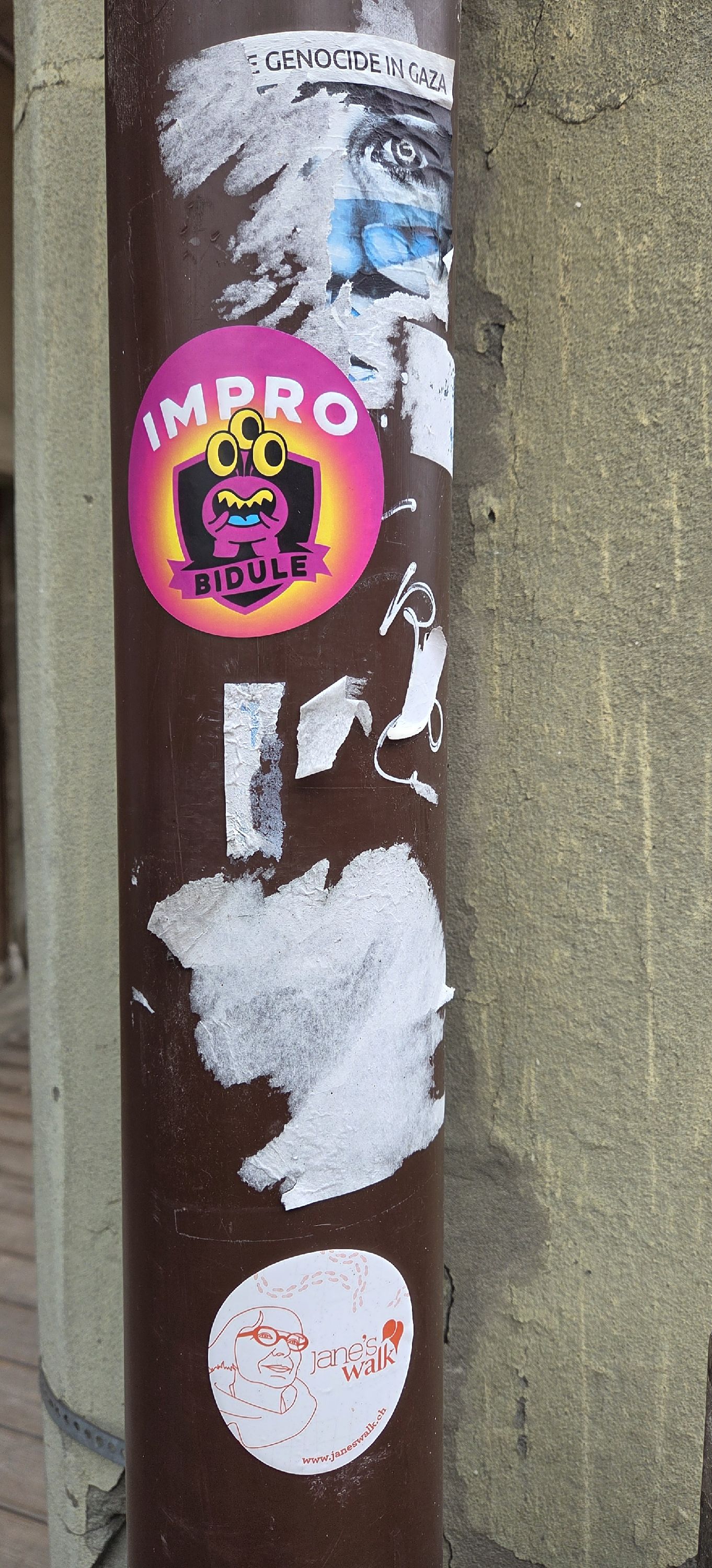
|
148693
|
MSchiegg
|
Switzerland
Fribourg
|
|
|
—
|
Freiburg/Fribourg2025
|
|
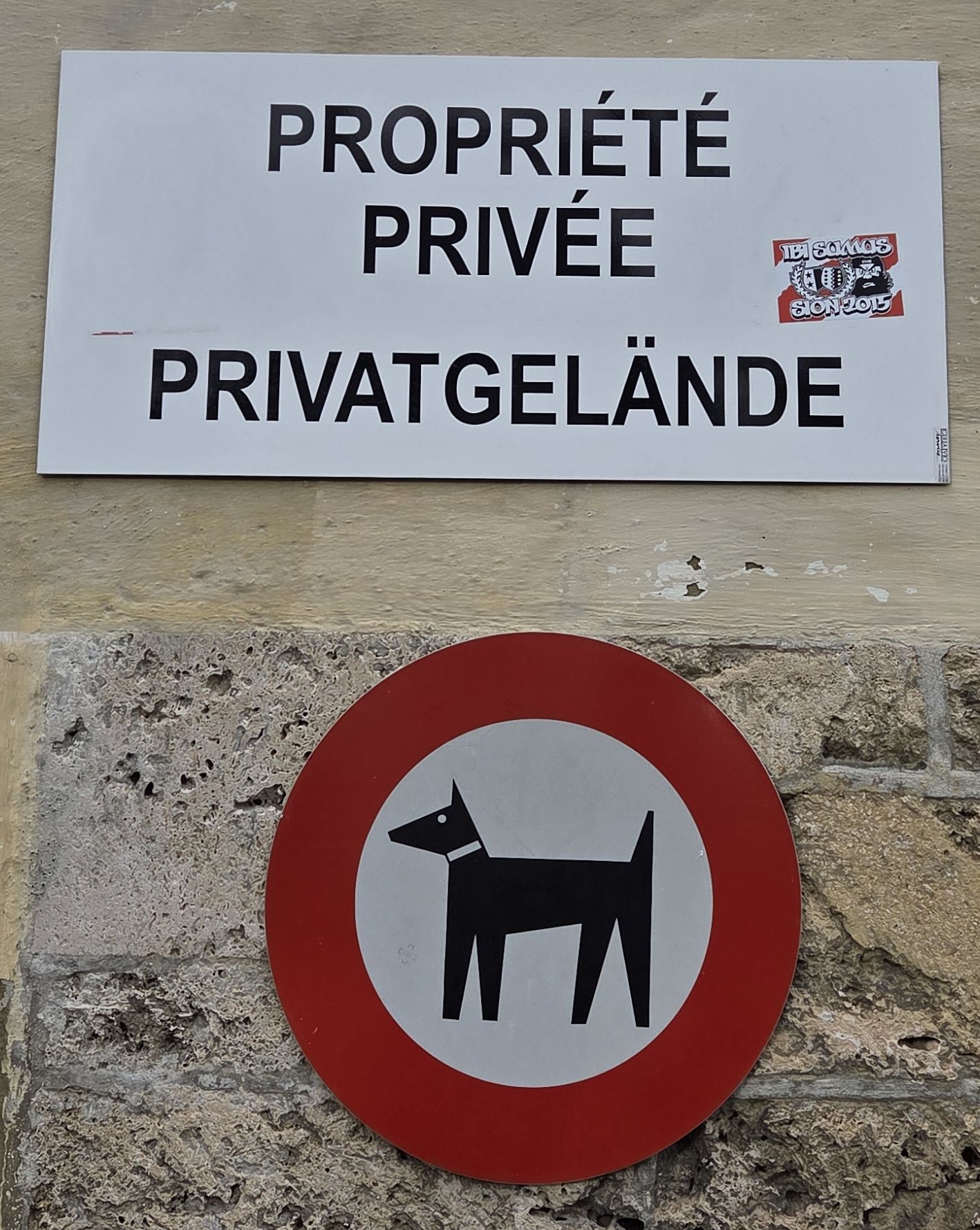
|
148692
|
MSchiegg
|
Switzerland
Fribourg
|
|
|
—
|
Freiburg/Fribourg2025
|
|
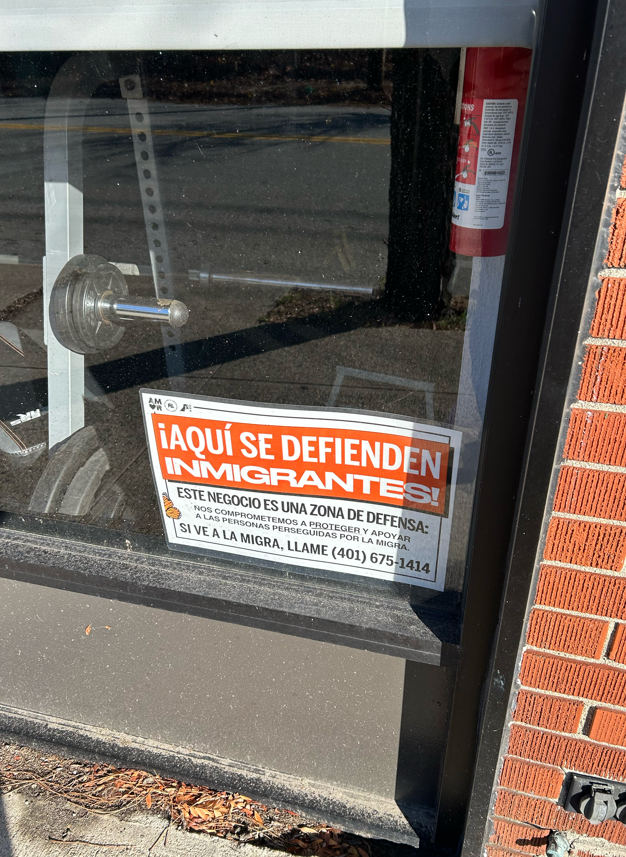
|
148691
|
|
United States
Cranston
|
|
|
Spanish
|
RILL
|
|
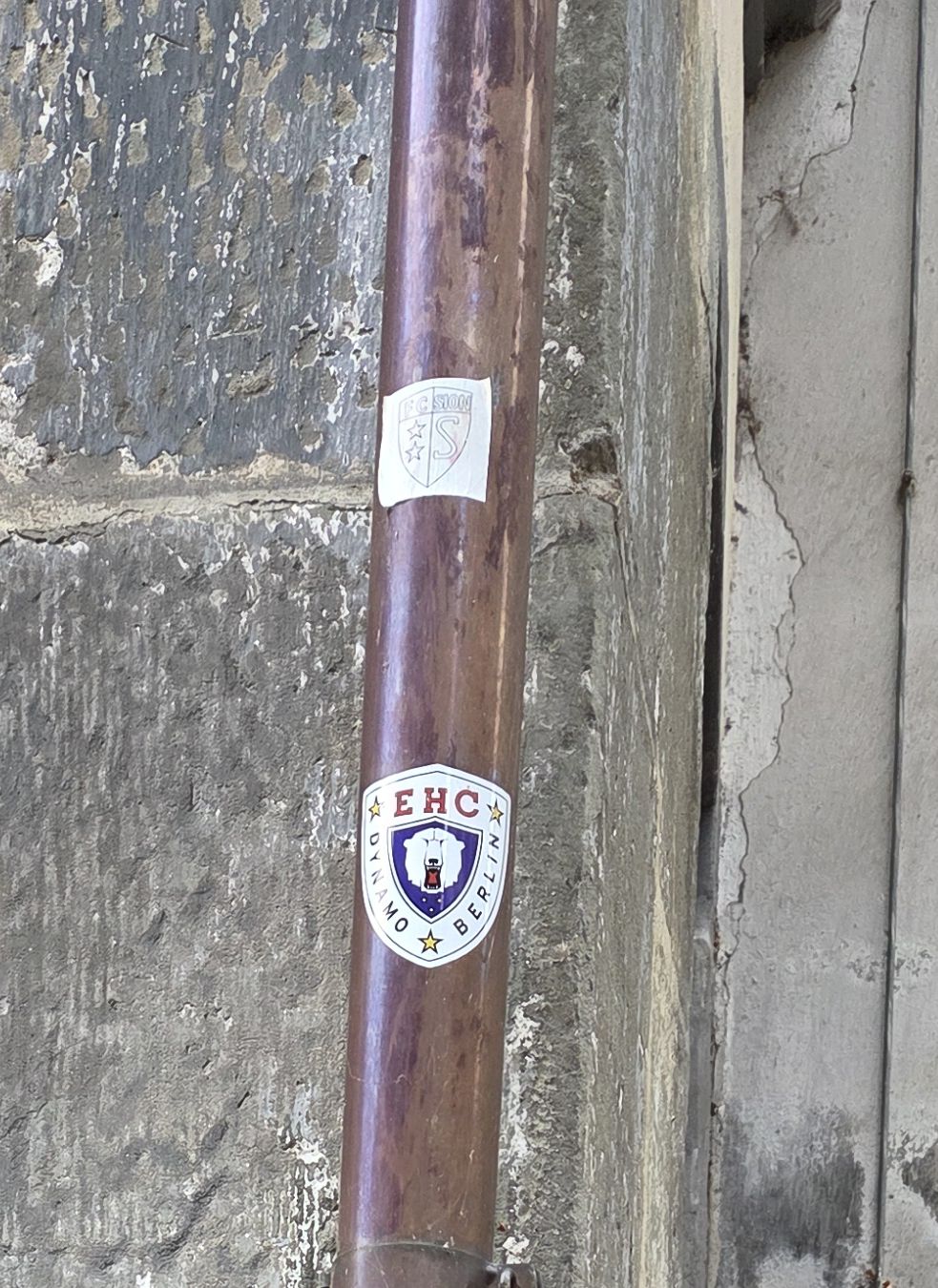
|
148690
|
MSchiegg
|
Switzerland
Fribourg
|
|
|
—
|
Freiburg/Fribourg2025
|
|
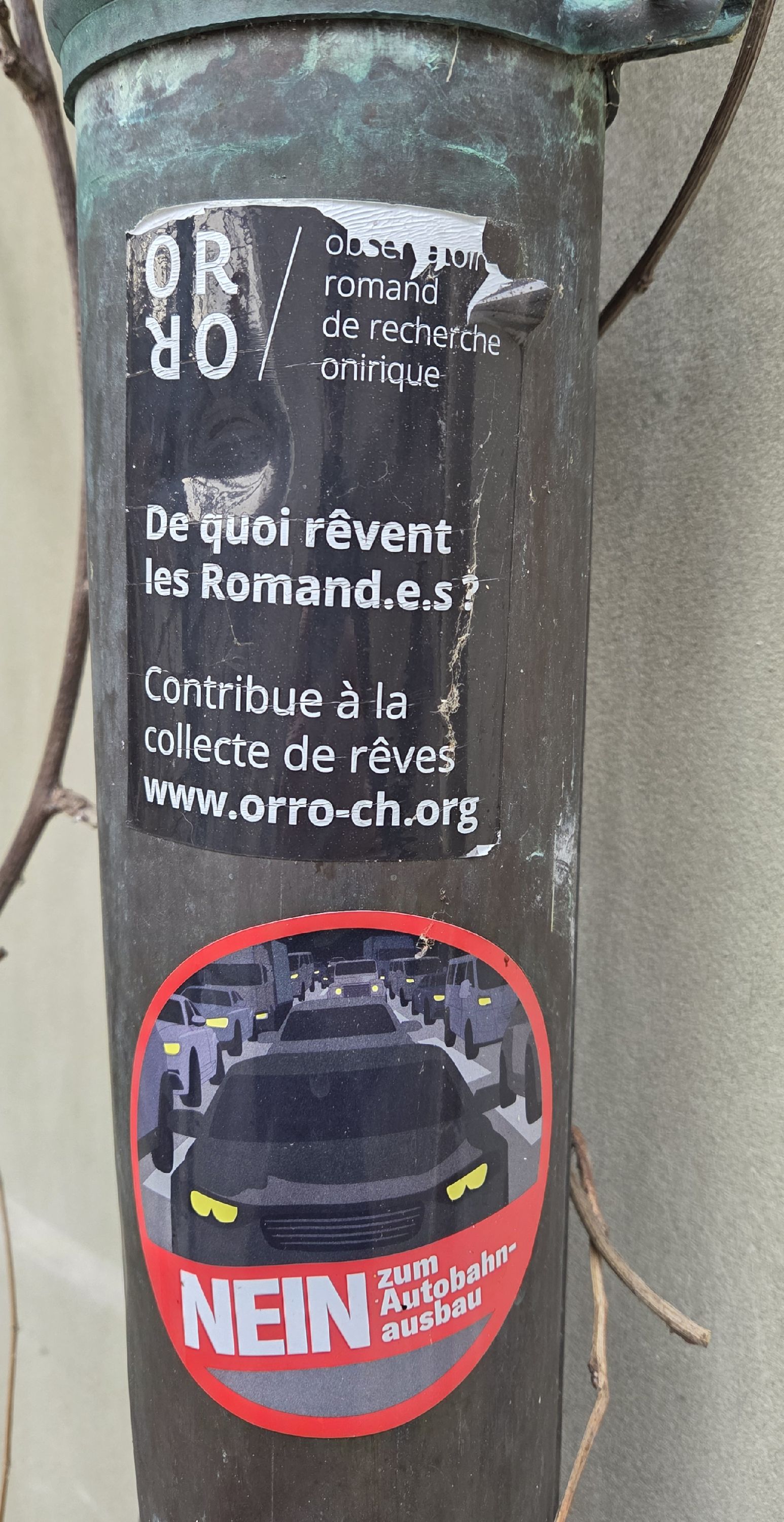
|
148689
|
MSchiegg
|
Switzerland
Fribourg
|
|
|
—
|
Freiburg/Fribourg2025
|
|
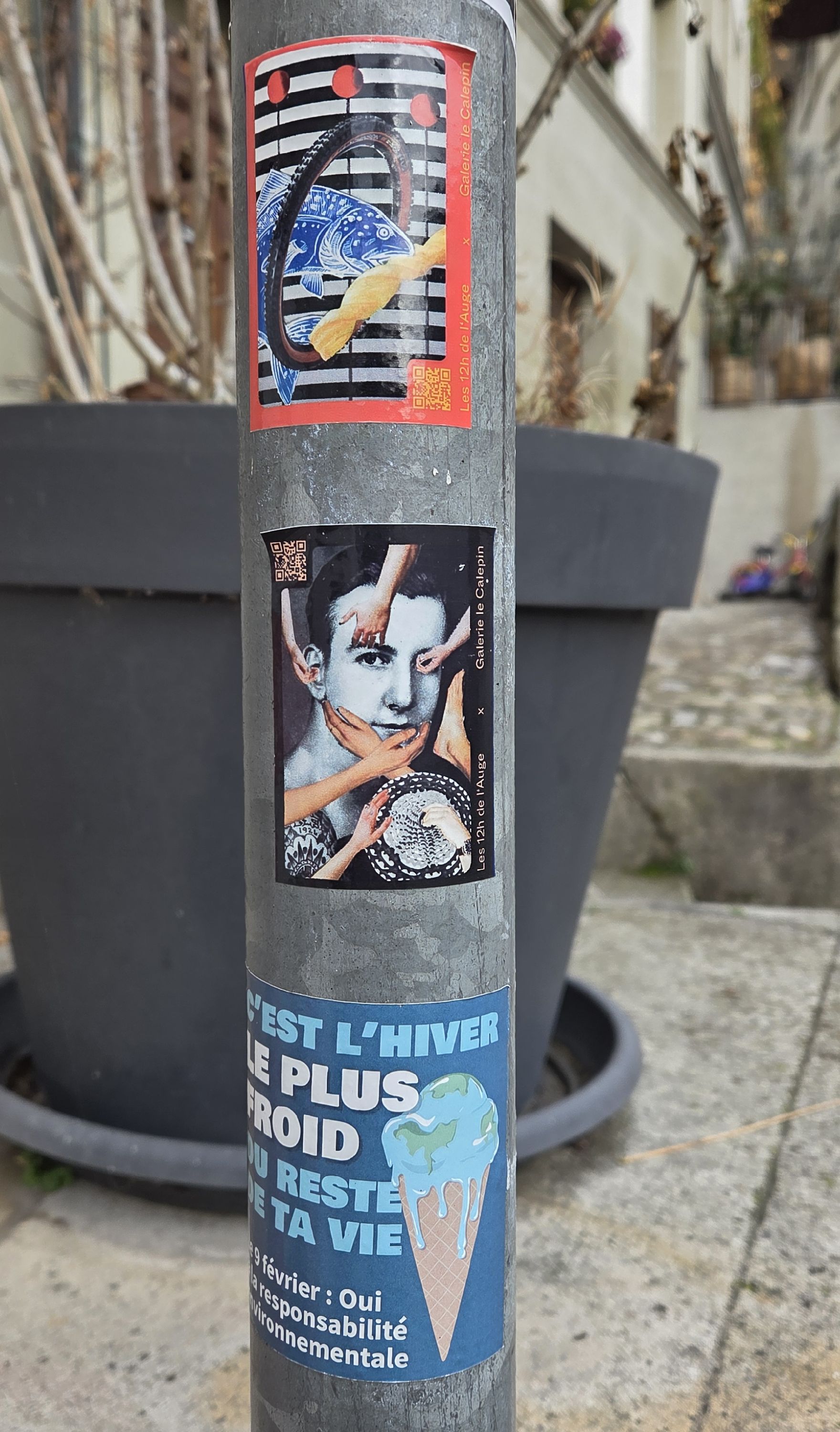
|
148688
|
MSchiegg
|
Switzerland
Fribourg
|
|
|
—
|
Freiburg/Fribourg2025
|
|